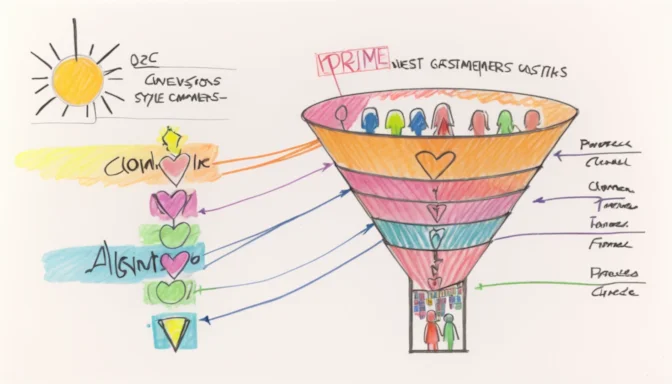What is Conversion Rate?
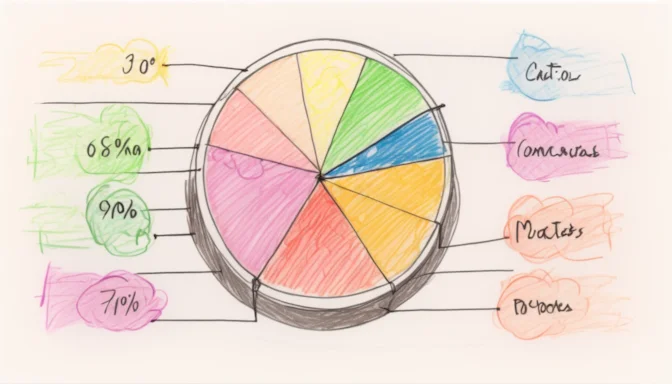
A conversion rate represents the percentage of users who take a desired action, such as making a purchase or signing up for a newsletter, after interacting with an advertisement or website. It's calculated by dividing the number of conversions by the total number of interactions or visitors, often presented as a percentage.
What Does a 2% Conversion Rate Mean?
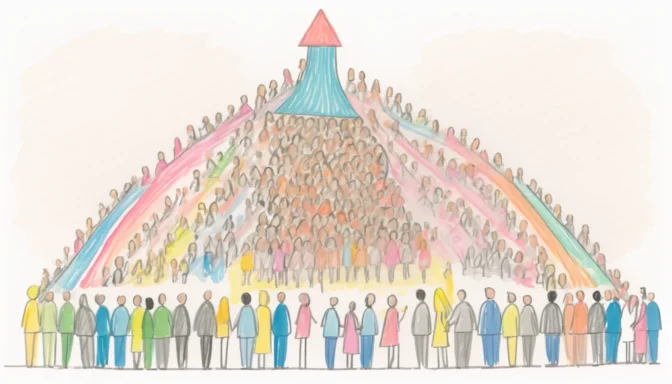
A 2% conversion rate means that out of every 100 visitors to your website or ad campaign, 2 actually take the desired action like making a purchase. This percentage is a key indicator of the effectiveness of your marketing efforts.
Website Conversion Rate Explained
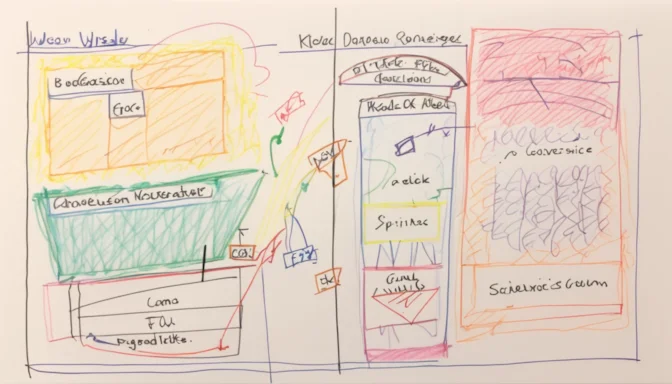
The website conversion rate measures how effective your website is at turning visitors into leads or customers. It's determined by the percentage of visitors who take a particular action, such as filling out a contact form or buying a product.
Is a 7% Conversion Rate Good?
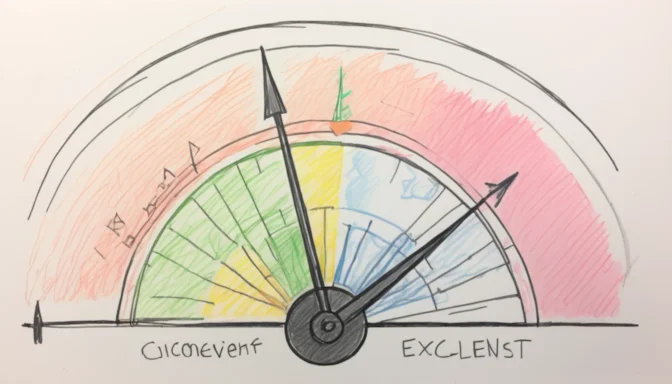
While the average conversion rate across various industries ranges from 2% to 5%, a 7% conversion rate is considered excellent. It means you're doing better than the vast majority, and your landing pages or ad campaigns are highly effective.
Sales vs Conversion Rate
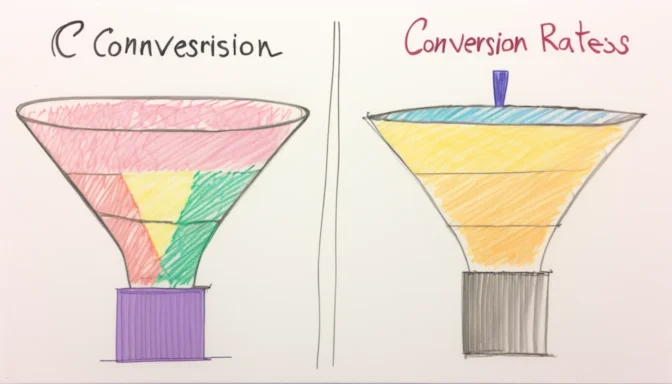
Although related, sales conversion rate and overall conversion rate are not the same. The sales conversion rate specifically measures the percentage of qualified leads that turn into sales. It is a subset of your overall conversion metrics and focuses on the final step of the conversion funnel.
Understanding Conversion Rate for Beginners

Simply put, to calculate a conversion rate, you divide the number of conversions by the total number of visitors and multiply by 100 to get a percentage. For example, if you have 200 visitors and 50 conversions, your conversion rate is 25%.
What Constitutes a Good Conversion Rate?

A good conversion rate generally falls between 2% and 5%. However, these numbers can vary significantly depending on the industry, the type of action you're measuring, and other factors.
High vs Low Conversion Rate

A high conversion rate is indicative of effective marketing and user-friendly web design, whereas a low conversion rate suggests room for improvement. The goal is to maximize this metric to increase the likelihood of visitor actions turning into conversions.
Identifying a Low Conversion Rate

A low conversion rate is a warning sign that your website or marketing campaign may not be effectively engaging visitors. It means that a very small percentage of visitors are taking the desired actions, signaling a need for optimization.
 E-Commerceo
E-Commerceo
